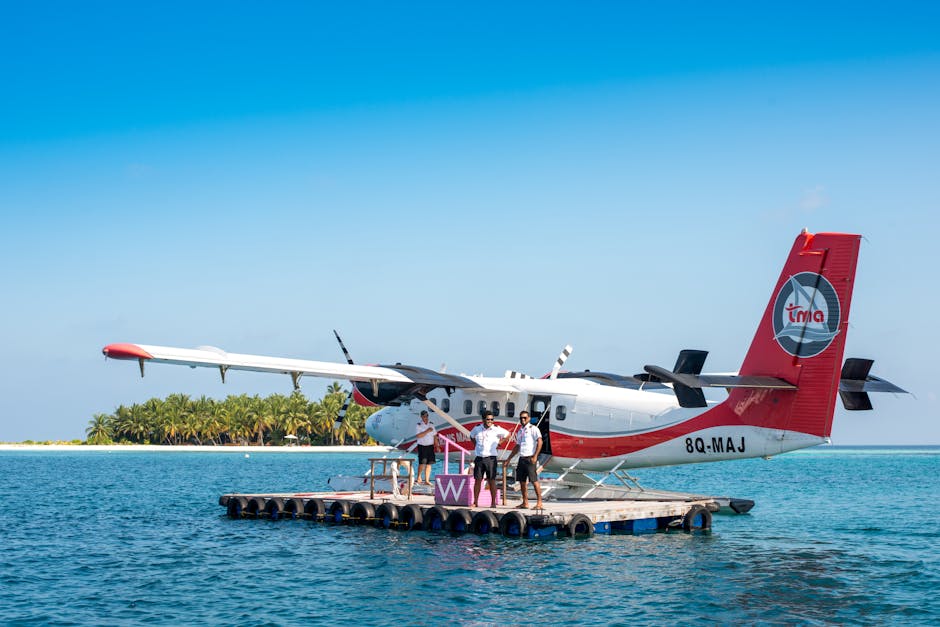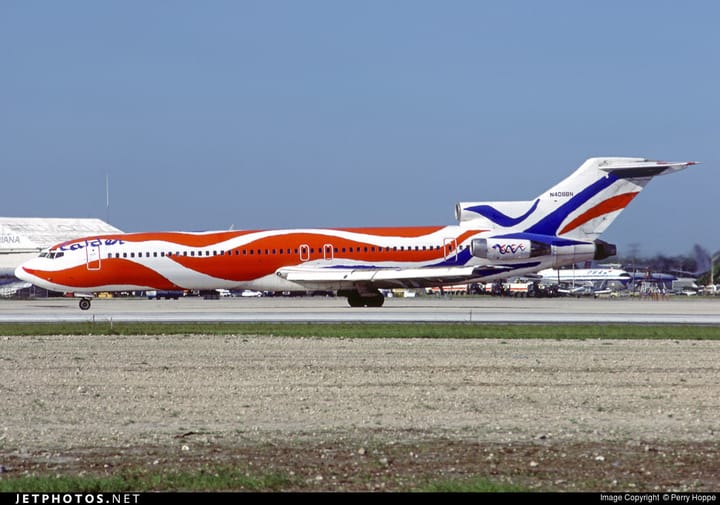Few airlines have captured the spirit of a region quite like Air Jamaica. For more than four decades, the carrier’s radiant livery, friendly crew, and unmistakable Caribbean flair won the hearts of travelers from across the globe. Yet beneath its sunny exterior, Air Jamaica grappled with a storm of financial woes—so persistent that, across 42 years in the skies, it turned a profit only twice. The tale of Air Jamaica is not just the story of an airline, but of a nation’s dreams, regional ambitions, and the harsh economic realities of running a flag carrier in a competitive industry.
The Birth of a Caribbean Icon
Founded in October 1968, Air Jamaica was born out of Jamaica’s post-independence spirit and desire to connect the island nation to the world. Commercial flights began in April 1969, with a pair of Boeing 727s flying from Kingston and Montego Bay to Miami and New York. The company was majority-owned by the Jamaican government, with Air Canada as a minority partner—an arrangement that brought technical know-how and operational support.
Air Jamaica quickly became more than just a mode of transport. Its brightly painted aircraft, with vibrant purples, oranges, and yellows, were instantly recognizable. The airline’s on-board service, featuring Jamaican cuisine, reggae music, and warm hospitality, established a loyal following. For many, Air Jamaica embodied the island’s laid-back luxury and unique charm—making every flight feel like an extension of a Caribbean vacation.
Rapid Growth—But at What Cost?
Throughout the 1970s and 1980s, Air Jamaica expanded rapidly. New routes connected the Caribbean with North American and European cities, including London, Toronto, and even Frankfurt. The fleet evolved too, with modern jets like the Douglas DC-8, Airbus A300, and later, the Airbus A320 joining the ranks. At its height, Air Jamaica served over 20 destinations and carried millions of passengers annually.
However, this expansion was fueled by government subsidies and debt. The airline’s small home market meant that most routes depended heavily on tourist traffic, while fierce competition from global carriers made profitability elusive. Operational inefficiencies, high costs, and political interference compounded the challenges. Despite its growing international presence, Air Jamaica consistently posted losses—except for two brief years when the stars seemed to align.
The Elusive Profits: Just Two Winning Years
In 1983 and 1985, Air Jamaica reported its only net profits. Several factors contributed: temporary surges in tourism, favorable exchange rates, and tight cost controls. Yet these successes proved fleeting. As the global aviation landscape shifted, currency fluctuations, rising fuel prices, and new competitors eroded these gains. By the late 1980s, Air Jamaica was back in the red—a trend that would persist for decades.
The airline’s financial struggles were no secret. Year after year, government bailouts kept it afloat. The Jamaican taxpayer effectively subsidized cheap fares, ambitious route launches, and the high costs of running a full-service international airline. By the late 1990s, mounting losses prompted the government to seek private partners and fresh capital, but a sustainable turnaround remained out of reach.
Privatization and the Final Descent
In 1994, Air Jamaica was partially privatized, with a group of local investors taking a controlling stake and the government retaining a minority share. Hopes were high that private management would bring discipline and profitability. The airline refreshed its brand, upgraded its fleet, and launched new routes. Yet, the fundamental challenges—small home market, high costs, and stiff competition—remained.
When the airline industry faced a downturn after the events of September 11, 2001, Air Jamaica’s financial woes deepened. The Jamaican government re-nationalized the carrier in 2004, once again taking on its mounting debts. Over the next several years, despite attempts to restructure, losses ballooned to over $1 billion by 2010.
Unable to sustain the airline any longer, the government sought a solution. In 2010, Air Jamaica was absorbed by Trinidad & Tobago’s Caribbean Airlines, bringing an end to its independent operations. The final chapter closed quietly, with the once-proud fleet repainted and the Air Jamaica brand fading from the skies.
Why Air Jamaica’s Story Matters
The rise and fall of Air Jamaica is a cautionary tale for the aviation world. It highlights the challenges faced by national flag carriers in small markets, where political, economic, and social pressures often clash with commercial realities. For Jamaica, the airline was a source of immense pride—a flying ambassador for the island’s culture, tourism, and aspirations. But as global competition intensified and costs soared, national pride alone could not balance the books.
For the aviation industry, Air Jamaica’s experience underscores several crucial points:
- National Carriers in Small Markets: Limited passenger bases and overreliance on tourism can leave airlines vulnerable to economic shocks and seasonal swings. Sustainable business models require a careful balance between national priorities and commercial viability.
- The Perils of Overexpansion: Rapidly adding routes and aircraft can quickly outpace demand. Without rigorous analysis and cost controls, expansion can lead to unsustainable losses.
- The Role of Government: While government support can help launch and sustain airlines, it often comes with political interference, inefficiency, and a reluctance to make tough business decisions. Privatization, if not paired with structural reform, cannot guarantee success.
- Brand Power: Air Jamaica’s lively branding and service ethos won global fans. Yet, even the strongest brand cannot compensate for weak finances in the long run.
The Legacy for Passengers and the Region
For passengers, the loss of Air Jamaica was bittersweet. Many still recall the unique touches—the reggae tunes upon boarding, the aroma of jerk chicken at 35,000 feet, and the genuine warmth of the crew. The airline’s demise marked the end of a golden era for Caribbean aviation, where flying was as much about the journey as the destination.
Yet, the story didn’t end entirely in disappointment. Caribbean Airlines, which absorbed Air Jamaica, retained some of its routes, staff, and even a hint of its colorful spirit. New entrants and low-cost carriers have since filled the market, offering more choices and competitive fares. Still, for many, no airline has truly matched the magic of Air Jamaica at its peak.
Looking Ahead: Lessons from the Caribbean Skies
The saga of Air Jamaica offers timeless lessons for airlines, policymakers, and aviation enthusiasts. In an industry where margins are razor-thin and competition is fierce, sentiment and symbolism must be matched by sound strategy and efficiency. The challenge for small nations remains how best to connect their people to the world—without repeating the costly missteps of the past.
As Caribbean skies continue to bustle with new players and changing dynamics, Air Jamaica’s story stands as both a caution and an inspiration. It reminds us that airlines can be more than just businesses—they can be cultural icons, ambassadors, and sources of national pride. But ultimately, even the most colorful livery cannot fly on hope alone.


